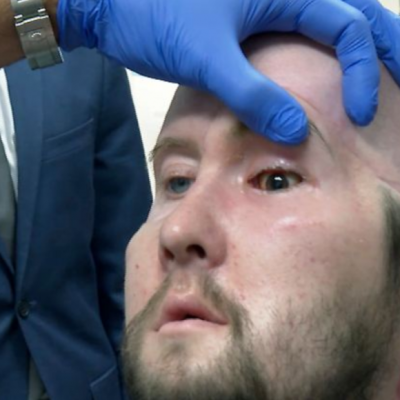A team of computer scientists and medical professionals at Stanford University have developed an AI solution to predict the time of death for terminally ill patients. The software aims to provide patients with a dignified end-of-life experience outside of a hospital setting. The AI algorithm will predict the time of death for patients with no chance of recovery, allowing them to be transferred to palliative care instead of dying in the intensive care unit. Palliative care focuses on making the patient’s last days as comfortable as possible, rather than attempting to cure their illness. The team trained the neural network using data from 222,284 patients between 1995 and 2014, and the algorithm is designed to predict the time of death 24 hours after the patient is admitted to the hospital.
The researchers focused on patients who died in the intensive care unit between three and twelve months after admission, as they are the best candidates for transfer to palliative care. A survey of Americans with incurable illnesses found that 80% would prefer to spend their last days at home or in a palliative care facility, but only a small percentage of patients are transferred early enough. Up to 60% of terminally ill patients are not transferred in time due to misjudgments by doctors, resulting in them dying in the hospital against their wishes. The team used a Nvidia TitanX via CUDA to analyze the large dataset and selected 50 patients at random from the group with the most accurate predictions. The palliative care specialists at the university confirmed the software’s predictions in 100% of cases.
The success of the software has led to a pilot project at the university to identify new patients who should be transferred to palliative care. The team hopes that the AI algorithm will help provide patients with a more humane end-of-life experience and reduce the number of patients who die in the hospital against their wishes. The software could also help doctors make more accurate predictions about the time of death, allowing them to provide better care for their patients.










